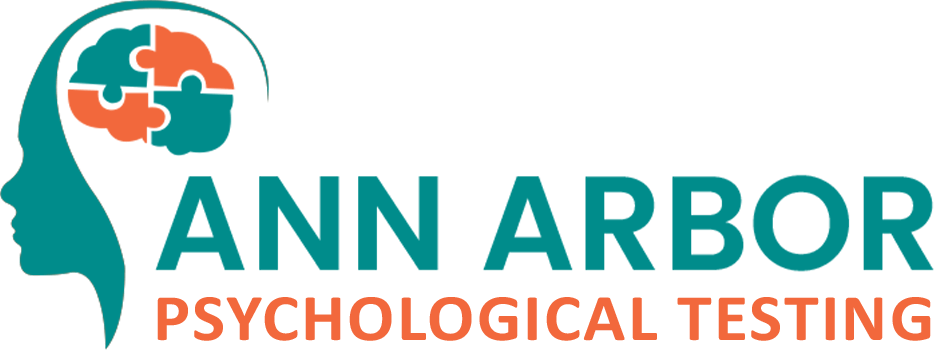ADD or ADHD? Understanding the Evolution of Attention Deficit Disorders
Understanding the Evolution of Attention Deficit Disorders
The understanding and terminology surrounding attention deficit disorders have evolved significantly over the years. At Ann Arbor Psychological Testing, we recognize that many individuals still wonder about the distinction between Attention Deficit Disorder (ADD) and Attention-Deficit/Hyperactivity Disorder (ADHD). This article provides insight into the history of these terms and how our understanding of attention difficulties has developed, shaping the modern approach to diagnosis and treatment.
The Historical Understanding of Attention Deficit Disorders
The Evolution of ADD and ADHD Terminology
Descriptions of attention-related difficulties date back more than a century, though early conceptualizations were quite different from what we understand today. By the mid-20th century, researchers and clinicians sought to better define patterns of inattention, impulsivity, and hyperactivity. Some early terminology, such as "minimal brain dysfunction," reflected attempts to explain these behaviors in neurological terms, though the understanding of the condition was still in its infancy. Over time, more research clarified that attention difficulties were not necessarily linked to brain injury but rather represented a distinct pattern of cognitive and behavioral traits that could significantly impact daily functioning.
In the late 1970s and early 1980s, the term Attention Deficit Disorder (ADD) emerged to describe individuals who primarily exhibited inattentive symptoms without significant hyperactivity. This terminology aimed to acknowledge the varied ways in which attention difficulties could present. However, as research progressed, experts recognized that inattentive and hyperactive-impulsive symptoms often existed on a continuum, sometimes occurring together.
In 1980, the Diagnostic and Statistical Manual of Mental Disorders (DSM-III) introduced the term Attention-Deficit/Hyperactivity Disorder (ADHD) as an official diagnosis, encompassing both inattentive and hyperactive-impulsive symptoms under a single framework. Over the following decades, refinements in diagnostic criteria further clarified the way ADHD is identified and categorized.
Changes in the DSM: Refining the Diagnosis
Each edition of the DSM has contributed to a more nuanced understanding of ADHD. Here are some key milestones:
- DSM-III (1980): ADHD was formally introduced as a diagnostic category with three subtypes:
- Predominantly Inattentive Type (formerly ADD)
- Predominantly Hyperactive-Impulsive Type
- Combined Type (both inattentive and hyperactive-impulsive symptoms)
- DSM-IV (1994): The subtypes were retained, with further refinements in criteria to improve diagnostic accuracy. Clinicians were encouraged to assess symptoms across multiple settings (e.g., home, school, work).
- DSM-5 (2013) & DSM-5-TR (2022):
- The term ADD was officially retired, and all presentations of attention difficulties were categorized under ADHD with three "presentations":
- Predominantly Inattentive Presentation
- Predominantly Hyperactive-Impulsive Presentation
- Combined Presentation
- The age-of-onset criterion was adjusted, recognizing that symptoms should be present before age 12 (rather than 7) to reflect research on late-emerging symptoms.
- Criteria emphasized that symptoms must cause meaningful challenges in daily life, ensuring diagnoses are based on significant functional impact rather than occasional distractibility or restlessness.
- The term ADD was officially retired, and all presentations of attention difficulties were categorized under ADHD with three "presentations":
Why Accurate Diagnosis Matters
The refinement of ADHD diagnostic criteria over time has helped professionals better recognize and differentiate attention-related challenges. Accurate diagnosis is essential for understanding an individual's strengths and challenges, guiding appropriate support, accommodations, and treatment options.
At Ann Arbor Psychological Testing, we provide comprehensive ADHD assessments for adolescents and adults. Our evaluation process includes clinical interviews, standardized testing, and behavioral assessments to provide a thorough understanding of an individual’s attention profile. Whether you are seeking clarity about your own experiences or those of a loved one, a professional evaluation can offer valuable insights and direction for next steps.
ADHD Testing at Ann Arbor Psychological Testing
The evolution of our understanding of attention difficulties reflects decades of research and clinical experience. By recognizing both the historical context and the latest advancements in ADHD assessment, individuals can make informed decisions about their care.
If you or someone you know is struggling with attention challenges, we encourage you to reach out to Ann Arbor Psychological Testing. Our experienced team is here to help you navigate the assessment process and identify the resources that can best support your needs.
Contact us today to schedule an initial consultation and take the first step toward greater clarity and support.
References
American Psychiatric Association. (2022). Diagnostic and statistical manual of mental disorders (5th ed., text rev.).Arlington, VA: American Psychiatric Publishing.
